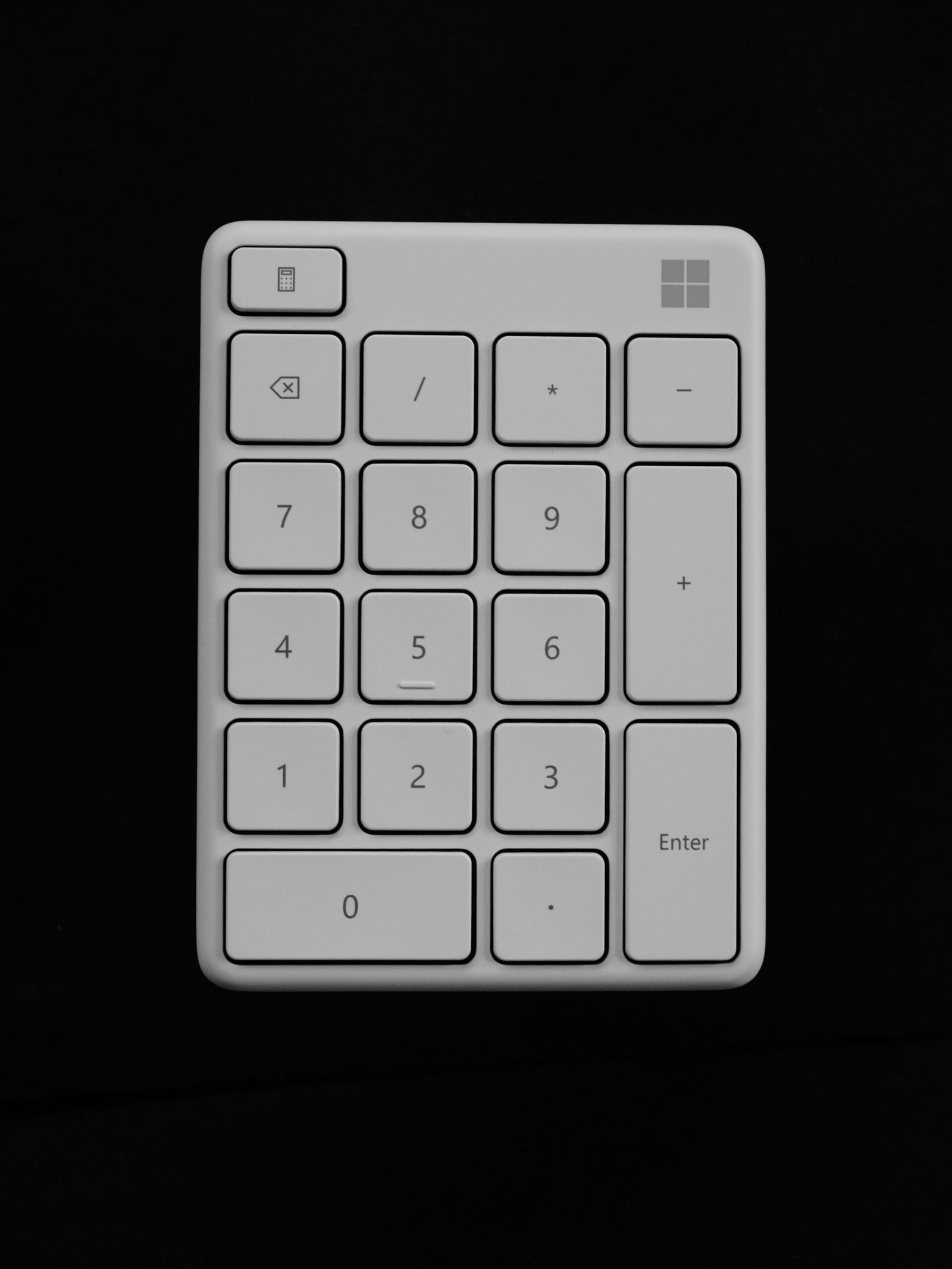
Same Website, Different Cost – Why the Price Gap?
Two Websites That Look the Same — But Cost So Differently
At first glance, these two websites look nearly identical. But one is a $59 template, and the other? It costs over $10,000.
Understanding why can help both buyers (so they don’t get tricked) and designers (so they can show real value).
But how can two websites look so similar, yet be priced so far apart?
Let’s Break It Down
When you compare the two side by side, your first thought might be: it’s the text.
And you’d be partly right.
The cheaper site uses basic placeholder copy. It’s generic, vague, and doesn’t explain anything clearly. It also makes big claims with no proof.
The expensive one? The copy is clear and focused. It presents the value clearly, supports claims with real proof, and speaks directly to the user’s needs.
But does better copy alone justify a $9,941 price jump?
Here’s Where It Gets Interesting
Now look at another pair of websites. These ones are truly identical—same layout, same visuals, even the same text.
Still, one costs $4,000 and the other is priced at $10,000.
Why?
A Simple Answer: Confidence and Reputation
Some designers said the difference comes down to confidence—or social proof. A well-known designer with a strong online presence might charge more just because of their reputation.
This is partly true. But that only works in tight-knit online circles. Most serious business clients aren’t following designers on Twitter.
Copy Still Matters
Copy is the backbone of a strong website. That’s why our process always starts with it.
Design without meaningful copy is just decoration. And while great copy can raise a $59 design to maybe $4,000, anything above that needs more than good words and visuals.
You’re paying for strategy.
Why Cheap Design Feels Cheap
Let’s look at that $59 example again. It has all the signs of low-effort design:
- Generic 5-star ratings with no source.
- Outlandish claims (“9 billion users”) with no proof.
- Buzzwords like “effortless” and “seamless” that don’t really say anything.
- A bland headline.
- An unfunny joke in the description.
- A decent CTA, probably by accident.
Design like this might look okay, but it doesn’t perform well. That’s why it costs so little.
Why Prices Are Dropping
Website design is getting faster and easier. AI tools, pre-made layouts, and improved workflows are speeding up the process. After a short price hike in 2022, the average cost of web design is going down.
Unless you’re offering more than just the visuals, it’ll be harder to stand out and get paid well.
What Makes the $4K Design Better
The $4K site might look similar, but the value is in the details:
- Clickable links to verified reviews and sources.
- A strong headline with a clear benefit.
- Supporting info that leads to more helpful pages—not distractions, but extra proof.
The user can explore, learn more, and feel confident before taking action.
So What’s the Extra $6K For?
Beyond $4K, you’re not paying just for the image or the words. You’re paying for the outcome.
Good agencies and designers don’t just ask “what should this look like?” They ask:
- Why do you need a website?
- What is your goal?
- What does success look like?
Answering those questions means the design serves a purpose. It brings results. And that’s what truly adds value.
A Bigger Picture
The $10K website comes with a plan: post-launch support, testing, tweaking, and improvements.
Smart designers think ahead. They deliver version one and include suggestions for version two. They help test what works better.
Just like with cars—two may look the same, but the one that’s tuned, maintained, and optimized will always outperform the one that just looks clean.
The Bottom Line
Clients don’t pay for pretty pixels. They pay for results.
If you sell real value—built on strategy, research, and outcomes—you can justify higher prices.
Design isn’t about decoration. It’s about solving problems, achieving goals, and making businesses better.
And that’s what people are really paying for.
